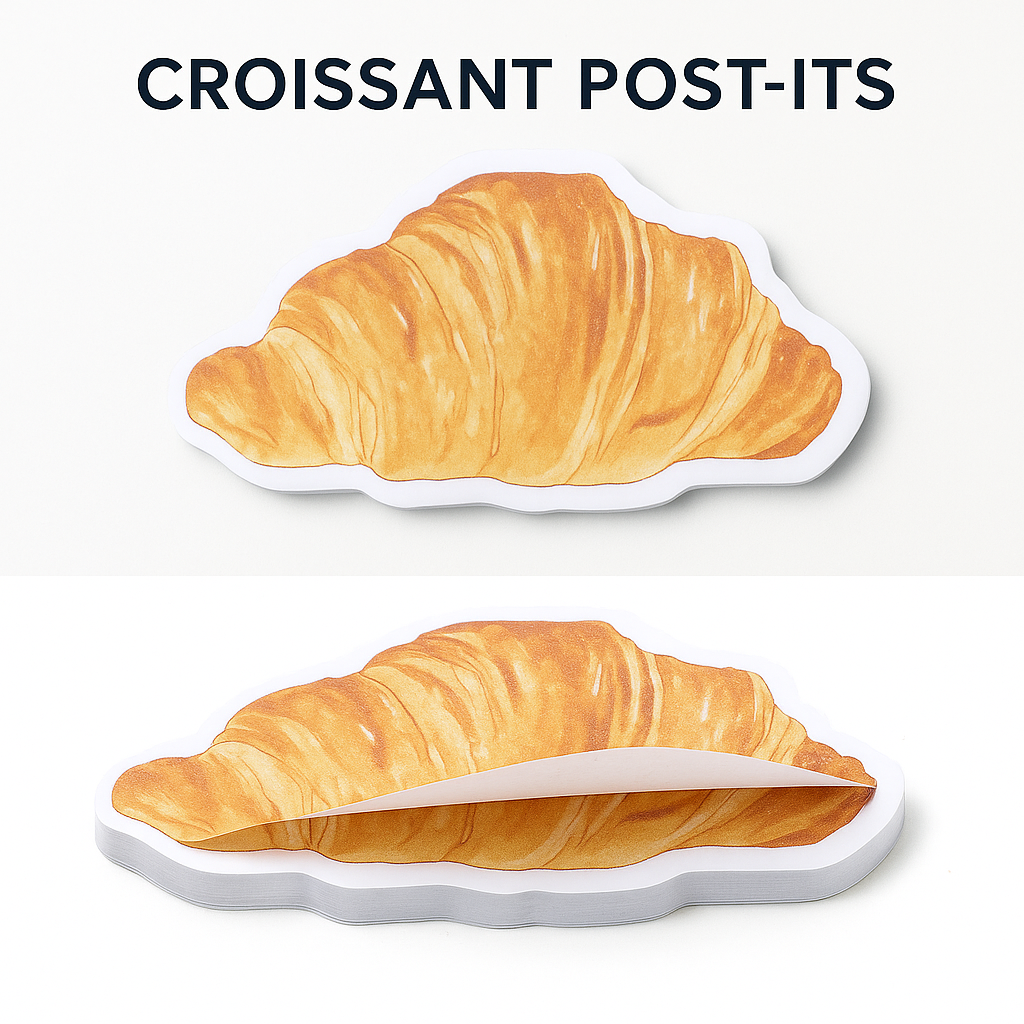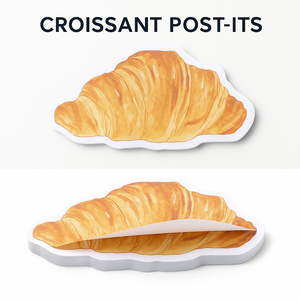With November getting started, everyone is deep in thought about thankfulness and gratitude. No shock there, because not only does the Thanksgiving holiday take place in November, but November is known as National Gratitude Month.
If you hop to our reviews page, you’ll see that many Lovet Planners community members and customers have found the perfect solution for embracing gratitude: The Gratitude Journal.
⭐️⭐️⭐️⭐️⭐️
What’s the purpose of gratitude journaling and do gratitude journals even work?
First, we have to talk about toxic positivity.
There are misperceptions about gratitude journaling being agents of toxic positivity. Medical News Today defines toxic positivity as “an obsession with positive thinking. It is the belief that people should put a positive spin on all experiences, even those that are profoundly tragic.”
Generally speaking, tools like journals and services offered (e.g. life coaches) don’t fall into toxic positivity because they are within the writer’s control.
Toxic positivity only occurs when the practitioner has an unhealthy attachment to the process in a way that impacts those around them. For example, when someone passes away, you don’t offer condolences by saying things happen for a reason. You create a space for them to safely grieve.
Gratitude journaling is a private space you keep for yourself.
The Science of Gratitude
In 2017, Joshua Brown and Joel Wong published research information with Greater Good Magazine at the University of California at Berkeley. In this publication, they go over a research study that looks at how gratitude changes the brain.
To summarize, the current state of the healthcare system has put medical professionals in a position of wondering how they can help their patients in a way that’s cost-effective and low-effort. They turned to gratitude journaling but were concerned that the method would only work for “well-adjusted” individuals and not for those struggling with mental illnesses like anxiety and depression.
Brown and Wrong wrote, “Compared with the participants who wrote about negative experiences or only received counseling, those who wrote gratitude letters reported significantly better mental health four weeks and 12 weeks after their writing exercise ended. This suggests that gratitude writing can be beneficial not just for healthy, well-adjusted individuals, but also for those who struggle with mental health concerns. In fact, it seems, practicing gratitude on top of receiving psychological counseling carries greater benefits than counseling alone, even when that gratitude practice is brief.”
The Benefits of Gratitude
There are three wellness pillars of gratitude benefits that can occur with regular practice. Those three wellness pillars are:
- Psychological benefits. This pillar focuses on making a happier you. The benefits make you more confident, positive, self-aware, motivated, among other positive emotions.
- Physical benefits. This pillar focuses on your physical wellness. We’re not talking about dieting or anything like that. We’re talking about taking steps towards a physically healthy you. A physically healthy body can manifest as a well-adjusted sleep cycle.
- Social benefits. This pillar focuses on your ability to communicate and empathize with others. With gratitude, you are able to appreciate those in your circles who you consider friend, family, mentor, etc. Gratitude can improve your interpersonal relationships and make you a more reliable team member.
A popular knowledge base known as Positive Psychology explains, “When we express gratitude and receive the same, our brain releases dopamine and serotonin, the two crucial neurotransmitters responsible for our emotions, and they make us feel ‘good’. They enhance our mood immediately, making us feel happy from the inside.”
“By consciously practicing gratitude everyday,” they continue, “we can help these neural pathways to strengthen themselves and ultimately create a permanent grateful and positive nature within ourselves.”
Enough evidence and research have shown that gratitude yields positive effects on practitioners and gratitude journaling is the most accessible method of practicing gratitude.
Where To Start With Gratitude Journaling
Where many gratitude journals go wrong is slapping Gratitude Journal on the cover and you open the book to find nothing but empty, lined pages. You’re stumped! Instantly, you start asking yourself where do I start?
Here’s something to gratitude journal about: The Gratitude Journal from Lovet Planners is a 100-day journaling experience with daily templates that gently guide you through your gratitude journaling.
On top of that, there are reflection worksheets included!
⭐️⭐️⭐️⭐️⭐️
Want to start your gratitude journal? Click here to view the Gratitude Journal from Lovet Planners.
Did you like this blog post? When you love it, we LOVET. Keep up to date with the latest blog posts, Lovet Planners sales, self care tips, vision board tips, and more by subscribing to receive our newsletters: CLICK HERE NOW.




![Manifestation Memo Pad [DAILY]](http://lovetplanners.com/cdn/shop/files/Manifestingjournalplanner.png?v=1704323635&width=300)







